Google’s 2-step verification is a crucial security feature that protects user accounts from unauthorized access. When this system fails to work properly, it can leave users feeling frustrated and locked out of their own accounts. Common issues with 2-step verification include not receiving SMS codes, Google Prompts not appearing, or backup codes failing to work.
Several factors can contribute to these problems. Time synchronization issues between devices and Google’s servers can cause verification codes to become invalid. Network connectivity problems may prevent Google Prompts from reaching devices. In some cases, changes to phone numbers or lost backup codes can also disrupt the verification process. Another big issue is that if you’re logged into multiple Google Accounts on your mobile device – which could cause the software confusion over which account is authorizing what. If you had to switch accounts on YouTube or the Google App and the popup isn’t showing up, try selecting the proper device on your 2FA side and then logging out of the initiating device to start over. If you have it to where the 2 factor request pops up and you’re already logged into the proper account on your mobile device, it should work properly.
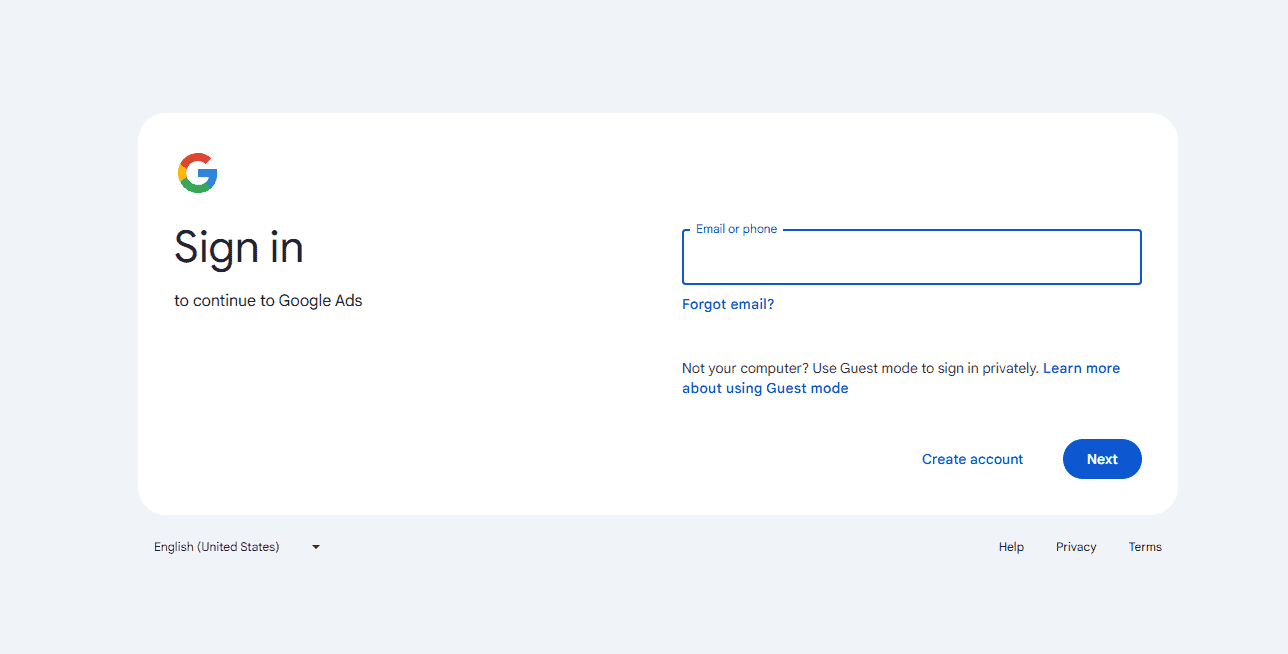
Fortunately, Google provides multiple options for users to regain access to their accounts when 2-step verification encounters difficulties. These include using alternate verification methods, syncing device time settings, and accessing accounts through trusted devices. For persistent issues, contacting Google support may be necessary to resolve the problem and restore account access.
Troubleshooting Google 2-Step Verification
Google 2-Step Verification (2SV) is a powerful security feature, but sometimes it can be a bit finicky. If you’re having trouble with it, don’t worry! Here’s a breakdown of common problems and how to fix them.
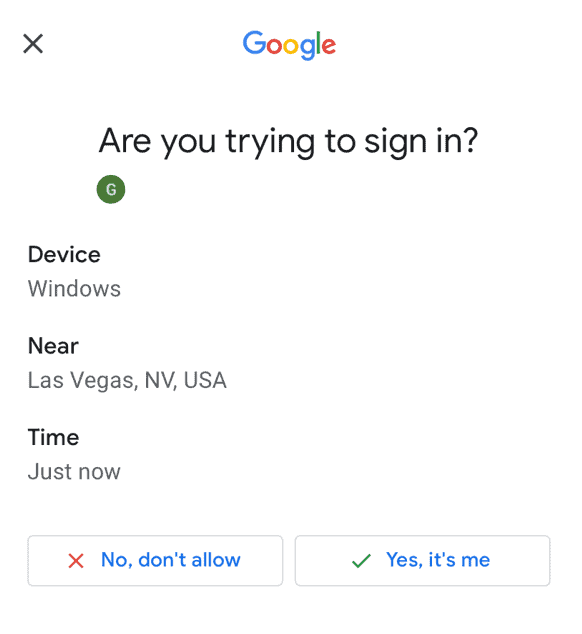
Common Issues and Solutions
2SV relies on having access to your phone or other trusted devices. If something’s not working correctly, try these troubleshooting steps:
- Check your phone: Is it connected to the internet? Is your phone’s date and time accurate? These can interfere with 2SV codes.
- Try backup codes: If you lose access to your phone, backup codes are a lifesaver. Keep them printed or stored securely.
- Use a different verification method: Google offers options like authenticator apps, security keys, and backup phones. Try switching to a different method.
- Check your app passwords: Some apps need special app passwords to work with 2SV. Generate a new one for the problematic app.
- Account recovery: If all else fails, Google’s account recovery process can help you regain access.
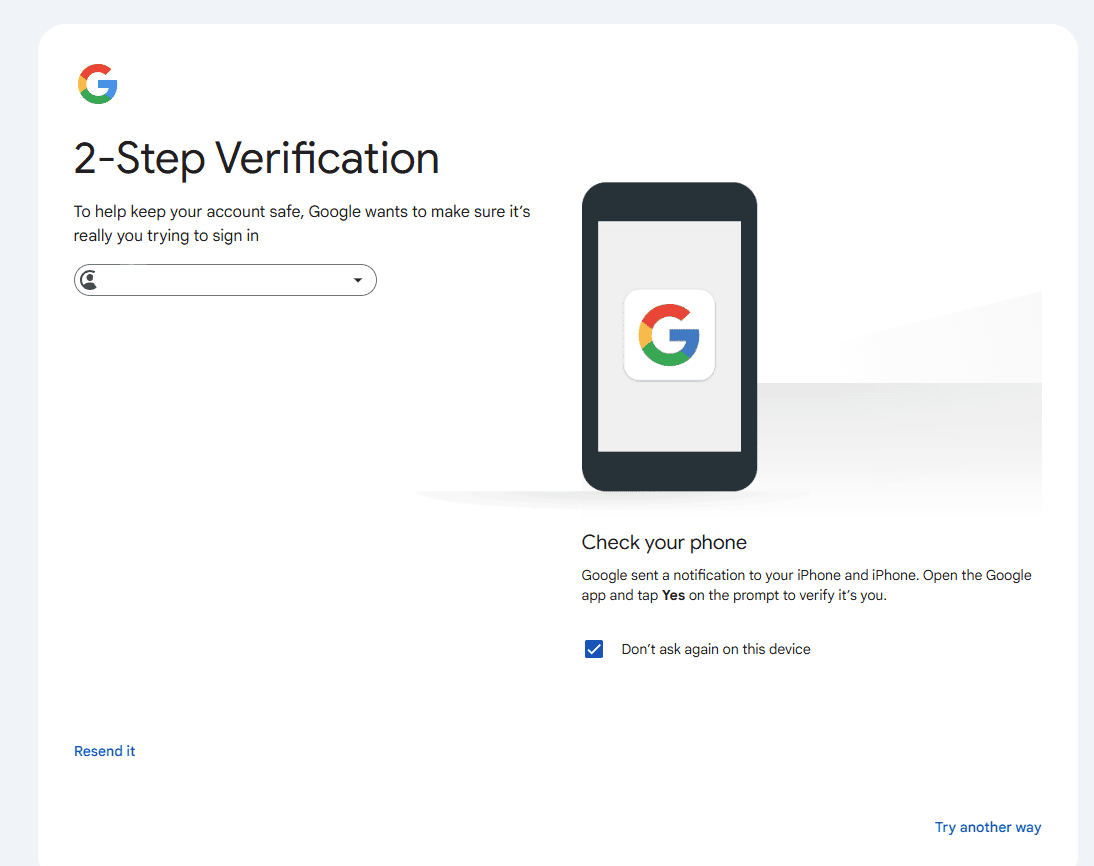
Advanced Troubleshooting
If the basic steps don’t work, here are some more things to consider:
- Browser issues: Clear your browser’s cache and cookies or try a different browser altogether.
- VPN or firewall interference: Temporarily disable your VPN or firewall to see if it’s causing the issue.
- Google Account settings: Make sure 2SV is properly enabled in your Google Account settings.

Alternatives to 2SV
While 2SV is generally recommended, you can explore alternatives if you continue to have problems:
| Option | Pros | Cons |
|---|---|---|
| Security keys | Very secure, phishing-resistant | Requires a physical key |
| Authenticator apps | Convenient, works offline | Can be lost if you lose your phone |
| Backup codes | Simple to use | Can be less secure if not stored safely |
Tips for a Smooth 2SV Experience
- Keep your information updated: Make sure your phone number and recovery email are current.
- Use a strong password: A unique, complex password is your first line of defense.
- Enable 2SV on all important accounts: Don’t limit it to just Google.
Remember, Google provides extensive support resources for 2SV. If you’re still stuck, their help pages and community forums can offer further assistance.
When “Resend It” Doesn’t Work

Sometimes, you might find that clicking or tapping the “Resend It” button for your 2SV code does absolutely nothing. Frustrating, right? Here’s what to do:
- Check your internet connection: It might seem obvious, but ensure your device has a stable internet connection. Try browsing other websites or apps to confirm.
- Wait a bit: Occasionally, there might be a slight delay in receiving the code. Give it a minute or two before trying again.
- Refresh the page: If you’re on a computer, refresh the page or close and reopen the browser window.
- Restart your device: A simple restart can often resolve temporary glitches.
- Try a different device or method: If possible, try getting the code sent to a different device or using an alternative verification method, like an authenticator app.
“Try Another Way” is Grayed Out?

If you’re seeing the “Try Another Way” option but it’s grayed out or unavailable, it usually means you have more secure verification methods already set up. Google prioritizes these methods for your protection. Here’s why this happens and what you can do:
- Security keys are the most secure: If you’ve set up a security key, Google will likely require you to use it since it’s the most phishing-resistant option.
- Authenticator apps are preferred: Authenticator apps are considered more secure than text messages or backup codes. If you have one enabled, you might need to use it.
- Check your account settings: Review your Google Account security settings to see which verification methods are active. You might be able to temporarily disable a more secure method if you need to use another option.
If you’re unable to use any of your available verification methods, you may need to go through Google’s account recovery process.
Dealing with Expired Prompts
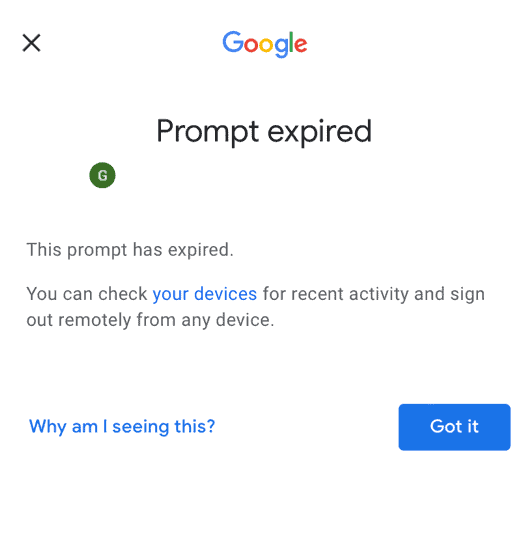
Google 2-Step Verification prompts are designed to expire after a short period for security reasons. If you’ve missed the prompt or it’s expired, here’s what you can do:
- Don’t panic: An expired prompt doesn’t necessarily mean something is wrong. It’s a security measure to prevent unauthorized access.
- Request a new prompt: Simply try logging in again. Google will usually send a new prompt to your device.
- Check your notifications: Make sure you haven’t missed the prompt in your notifications. Sometimes it might be hidden or delayed.
- “Resend It” if available: If you see the “Resend It” button, give it a click or tap to request a fresh prompt.
- Try another way: If “Resend it” isn’t working or available, look for the “Try another way” option to use a different verification method.
If you consistently encounter expired prompts, it might be worth investigating further. Ensure your device’s date and time are accurate and that your internet connection is stable. If the problem persists, consider contacting Google Support for assistance.
Key Takeaways
- Google 2-step verification issues often stem from time sync or connectivity problems
- Multiple backup verification methods can help users regain account access
- Syncing device time and using trusted devices are effective troubleshooting steps
Understanding Google 2-Step Verification
Google 2-Step Verification adds an extra layer of security to user accounts. This system requires two forms of identification before granting access, significantly reducing the risk of unauthorized entry.
The Importance of 2-Step Verification for Security
2-Step Verification protects Google accounts from hackers and unauthorized access. It requires something you know (password) and something you have (phone or security key). This dual-factor approach makes it much harder for attackers to gain entry.
Even if someone discovers your password, they can’t access your account without the second verification step. This is crucial for safeguarding sensitive information like emails, documents, and personal data stored in Google services.
Many security experts recommend using 2-Step Verification for all important online accounts. It’s especially vital for Google accounts, which often serve as a central hub for various services and personal information.
How Google 2-Step Verification Works
When you set up 2-Step Verification, you’ll need to provide a second form of identification after entering your password. Google offers several options for this second step:
- Google prompts: A notification sent to your phone
- Verification codes: Sent via text or voice message
- Google Authenticator app: Generates codes on your smartphone
- Backup codes: Pre-generated codes for offline use
- Security keys: Physical devices that plug into your computer
After entering your password, you’ll be prompted to complete the second step. This might involve tapping a notification on your phone, entering a code, or inserting a security key.
Google allows users to choose their preferred method. Some options, like the Authenticator app, work without cell service, making them useful for travel or areas with poor reception.
Common Issues and Resolutions
Google’s 2-Step Verification adds an extra layer of security, but users may encounter problems. Understanding common issues and their solutions can help maintain account access and protection.
Troubleshooting Connectivity Problems
Network issues often cause 2-Step Verification failures. Check your internet connection first. If you’re using mobile data, switch to Wi-Fi or vice versa. Clear your browser cache and cookies, as outdated data can interfere with the process.
Try accessing your account from a different device or browser. If the problem persists, it might be a temporary issue on Google’s end. Wait a few minutes and try again.
For those using the Google Authenticator app, ensure it’s up to date. Outdated versions can cause sync problems.
Resolving Authenticator App Issues
If your Authenticator app isn’t generating codes, check your phone’s time settings. Incorrect time can lead to mismatched codes. Enable automatic time zone and date settings on your device.
Uninstall and reinstall the app if problems continue. During setup, carefully scan the QR code or manually enter the provided key. Double-check each step to avoid errors.
Remember, Google Authenticator works offline. If you’re having trouble, it’s likely not a network issue but a problem with the app or its setup.
What to Do If You’ve Lost Access to Your Phone
Losing your phone can be stressful, but there are ways to regain account access. Use a trusted computer where you’re already signed in to remove your lost device from your account settings.
If you set up alternate verification methods, use those. This could be backup codes, a secondary phone number, or security keys.
Contact Google Support if you can’t access your account. They may ask for proof of identity, so be prepared with documents like a government-issued ID.
Using Backup Codes for Access Recovery
Backup codes are a lifeline when other verification methods fail. Google provides a set of one-time use codes when you set up 2-Step Verification. Store these codes securely, separate from your main device.
To use a backup code:
- Go to the Google sign-in page
- Enter your email and password
- When prompted for verification, click “More options”
- Select “Enter one of your 8-digit backup codes”
- Type in a code and click “Next”
Each code works only once. Generate new codes after using them to ensure you always have spares.
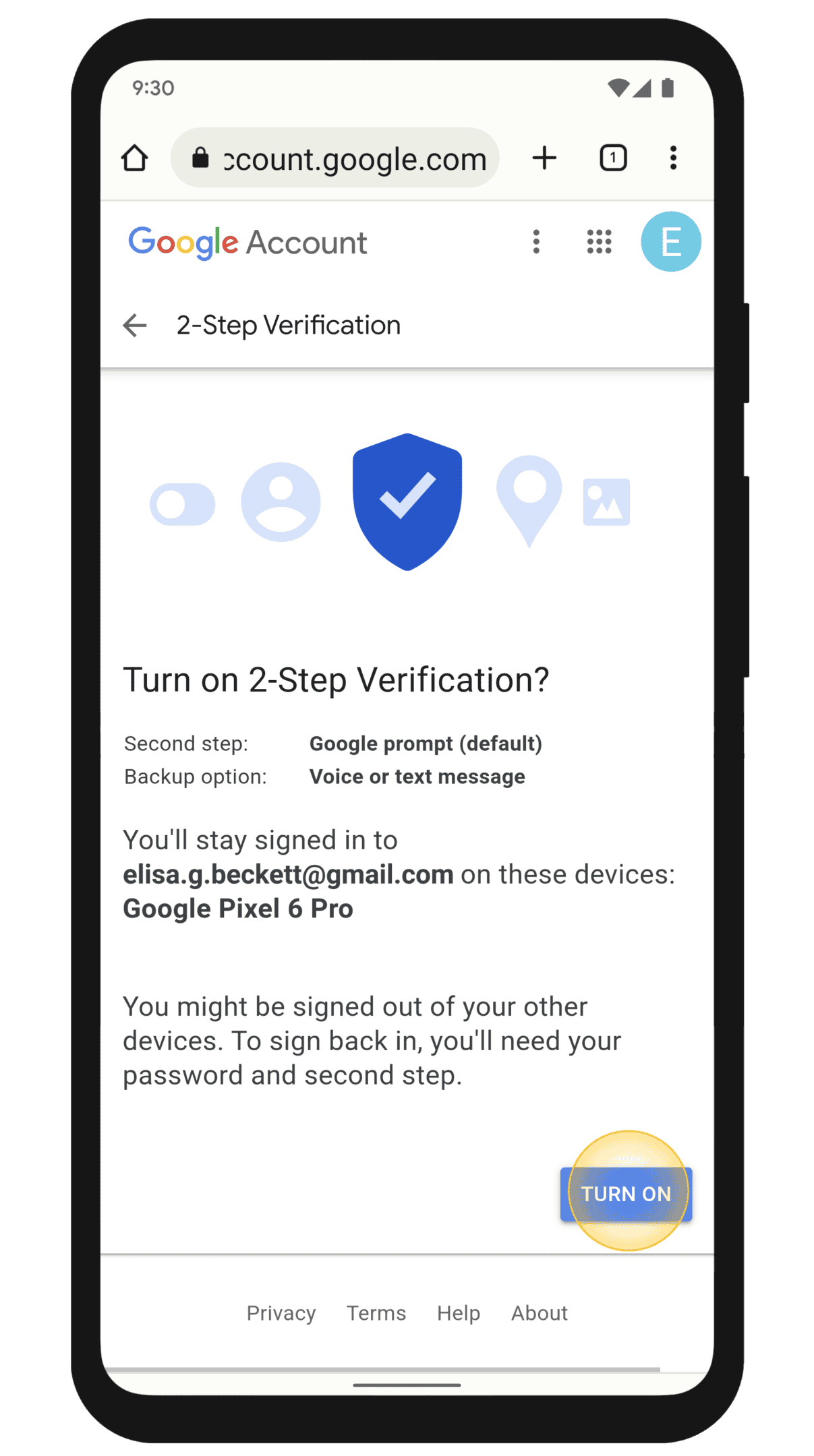
Guidance for Security Key Concerns
Security keys offer strong protection but can cause issues if not set up correctly. Ensure your key is compatible with your device and browser. Most keys work with Chrome, but support varies for other browsers.
If your key isn’t recognized:
- Check if it’s properly inserted
- Try a different USB port
- Restart your browser or computer
For mobile devices, confirm NFC is enabled if using a wireless key. Some phones may require specific apps to work with security keys.
Keep your security key’s firmware updated. Manufacturers often release updates to fix bugs and improve compatibility.
Frequently Asked Questions
Google’s two-step verification can sometimes encounter issues. Users may face challenges with SMS codes, device changes, or account access. Here are common questions and solutions for troubleshooting two-step verification problems.
Why am I not receiving my Google two-step verification codes via SMS?
Check your phone’s signal strength and ensure it can receive messages. Verify that your phone number is correct in your Google account settings. If the issue persists, try using the Google Authenticator app instead of SMS codes.
How can I access my Google account if I’ve lost the phone used for two-step verification?
Use backup codes you previously saved. If you don’t have backup codes, try signing in with another device already logged into your account. As a last resort, contact Google support to verify your identity and regain access.
What steps should I take if my two-step verification isn’t working on my new phone?
First, make sure your new phone’s date and time settings are correct. Remove your old phone from your Google account and add the new one. If problems continue, try using backup codes or the Google Authenticator app.
How can I troubleshoot the failure of two-step verification on my Android device?
Clear the cache and data for Google Play Services and the Google app. Ensure your Android system is up to date. If issues persist, try removing and re-adding your Google account on the device.
What are the options for disabling two-step verification if I am unable to sign in?
You can’t disable two-step verification without signing in. If you’re locked out, use backup codes or an alternate verification method. If these don’t work, you’ll need to go through Google’s account recovery process.
How do I regain access to my Google account using two-step verification recovery?
Visit Google’s account recovery page. Provide as much information as possible to prove your identity. This may include previous passwords, recovery email addresses, or answers to security questions. Google will guide you through the recovery steps.







